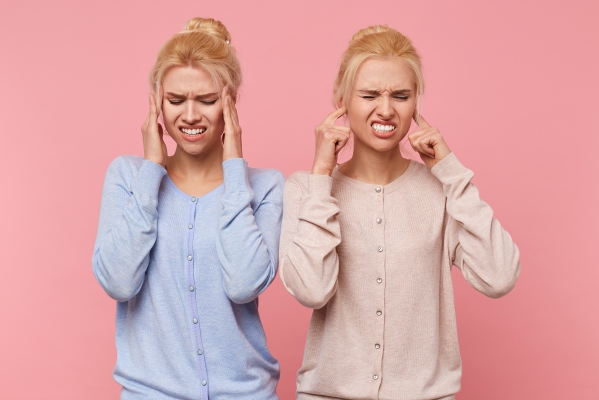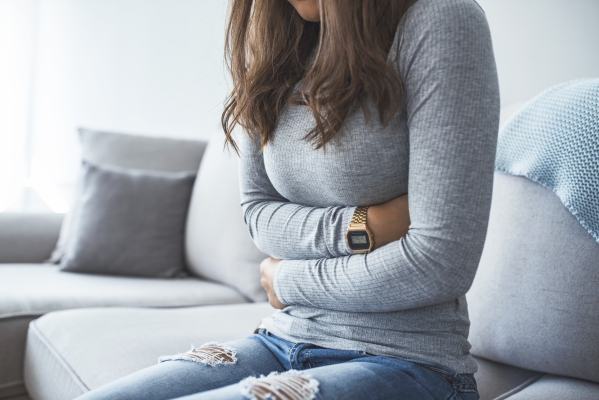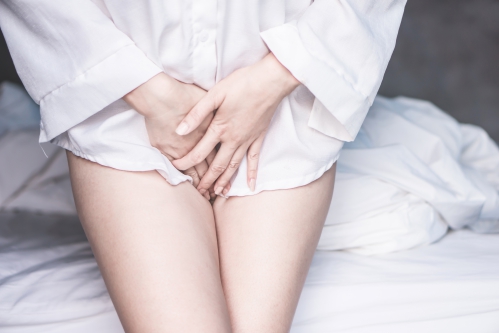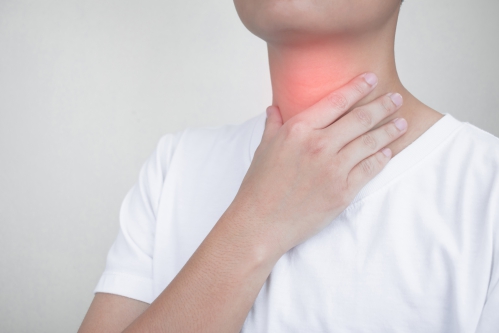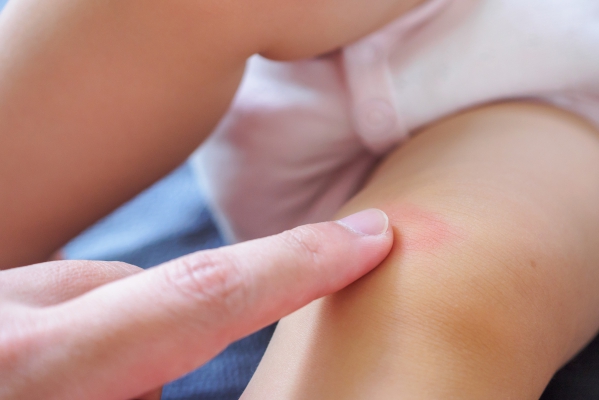What is otitis externa?
Otitis externa is an infection or inflammation of the external auditory canal which runs from the opening of your ear to your eardrum. This condition is also known as swimmer’s ear. This condition is often caused due to retention of water in your ear canal after swimming which creates a moist environment, facilitating the growth of bacteria. In addition, using cotton swabs or putting fingers or other objects in your ears can also lead to otitis externa.
In the United States, otitis externa affects 4 of every 1000 people annually. In addition, this condition is more common in areas where it is hot and humid. Furthermore, children aged between 7-12 years are more commonly affected by otitis externa.
Otitis externa can usually be treated using eardrops and seeking medical advice early is key to prevent the development of complications.
What are the causes and risk factors of otitis externa?
Otitis externa can be caused by bacteria, viruses or fungi. However, most of the time it is caused by bacteria. Your ear protects itself naturally by producing a waxy substance called cerumen. This waxy substance provide a water-repellent coat on the skin inside your ear. In addition, it is slightly acidic which helps to prevent the growth of bacteria.
Certain situations or conditions can promote the growth of bacteria and these include:

- Swimming regularly: If you swim regularly, your risk of developing otitis externa increases as there might be water retention inside your ear canal which will promote the growth of bacteria. Also, swimming removes some wax of the ear which may facilitate the entrance of bacteria into the skin of your ear canal.
- Removing ear wax: Removing excessive ear wax decreases your ear’s ability to defend itself against bacteria. In addition, while removing the ear wax using cotton swabs or other objects, you may scratch or injure your ear canal which increases your risk of developing otitis externa.
What are the signs and symptoms of otitis externa?
The signs and symptoms of otitis externa are mild at first but may become worse if the infection is not treated properly and these include:
- Pain in your outer ear which increases when your ear is pulled or moved.
- Fluid leaking from your ear canal.
- Hearing difficulty.
- Itchiness of the ear.
As the condition worsens, your signs and symptoms become more serious. Pus may leak from your ear canal and you may have a fever. In addition, your neck lymph nodes may be enlarged. Furthermore, the pain in your ear may radiate to your face or neck. As the condition worsens, your hearing decreases progressively.

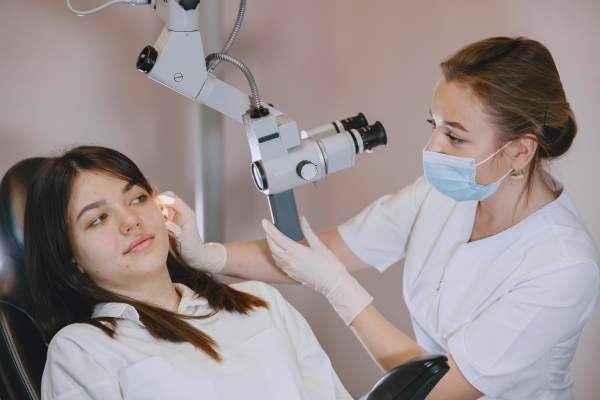
Making a diagnosis
To make a diagnosis, your doctor will first take a detailed history from you to know more about your symptoms and risk factors for developing otitis externa. After the history taking, your doctor will perform a physical examination to look for signs of otitis externa. Your doctor will use an equipment called an otoscope which will provide direct visualisation of your ear canal and eardrum. Very often, only a good history taking and a physical examination is sufficient to make the diagnosis. However, if the condition is worsening or not responding to treatment, then your doctor may order some tests and these include:
- Culture of the discharges from the ear canal: This laboratory test is used when the infection is not responding to the current medications being used. This involves your doctor taking a sample of any discharge within your ear canal and sending it to the laboratory to know exactly which organism is causing the infection and which antibiotics will be more efficient.
- Magnetic Resonance Imaging (MRI) scan: An MRI scan is not used very often in the diagnosis of otitis externa. However, if your doctor suspects that the infection is spreading and affecting other structures, an MRI scan will detect any bone erosion or soft tissue damage.

What are the treatments of otitis externa?
The first step in the management of otitis externa is to clean the ear canal, removing cerumen or debris to allow the eardrops to flow throughout the ear canal. The eardrops used to treat otitis externa are made up of a combination of the following substances:
- Antibiotic: This component is used to kill the bacteria causing the infection.
- Steroids: Steroids help to reduce inflammation within the ear canal.
- Acidic solution: This is to restore your ear’s antibacterial environment.
If the infection is caused by a fungus, the antifungal eardrop will be prescribed by your doctor. To reduce the discomfort felt when using eardrops at room temperature, you can keep the bottle in your hands for a few minutes to warm it up. In addition, you should lie on your side, keeping the affected ear up for a few minutes. This will allow the medication to reach the whole length of your ear canal. Furthermore, to facilitate application of the eardrop, you can pull your ear upwards and backwards to straighten your ear canal.
If you cannot tolerate the ear pain, your doctor may recommend the use of acetaminophen or non-steroidal anti-inflammatory drugs such as ibuprofen to relieve your ear pain.
During the treatment, it is advised:

- Not to swim.
- Avoid getting water into your ear when showering.
- Not to use earplugs or hearing aids in the affected ear.
What are the complications of otitis externa?
If otitis externa is left untreated, the following complications may ensue:
- Chronic otitis externa: If the signs and symptoms of otitis externa persists for more than 3 months, it becomes chronic otitis externa. This condition is usually caused by bacteria which are resistant to antibiotics or fungi.
- Necrotising otitis externa: This condition is also known as malignant otitis externa and is a serious bacterial infection of the ear canal and skull base. This complication often affect people suffering from otitis externa whose immune system is dysfunctional.
- Mastoiditis: Mastoiditis is a serious infection of the mastoid process- a hard and prominent bone located just behind the ear. These infections often occurs from ear infections that were not treated successfully.
- Skull base osteomyelitis: This is when the infection spreads to the bones of the lower part of the skull and to the cartilage of the outer ear. It affects people with a weakened immune system or people suffering from diabetes mellitus. It causes excruciating pain and can be life-threatening.
- Cellulitis: Cellulitis occurs when the infection spreads into connective tissues and deep layers of the skin.
- Temporary hearing loss

Expectations
Most of the time, the infection resolves within 48-72 hours after antibiotic administration. Otitis externa usually heals completely after 7-10 days. Seeking medical help early, is very important to avoid the development of serious complications.
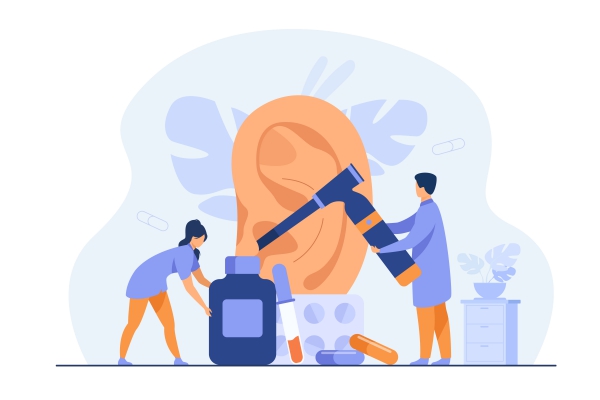
Source:
J. Alastair, I. and Simon, M., 2016. Davidson's Essentials of Medicine. 2nd ed. London: ELSEVIER.
Parveen, K. and Michael, C., 2017. Kumar & Clarks Clinical Medicine. 9th ed. The Netherlands: ELSEVIER.
Waitzman, A., 2021. Otitis Externa: Practice Essentials, Background, Anatomy.
Waitzman, A., 2021. Otitis Externa Treatment & Management: Approach Considerations, Removal Of Debris From Ear Canal, Pharmacologic Therapy.
Goguen, L., 2021. External Otitis: Pathogenesis, Clinical Features, And Diagnosis.
